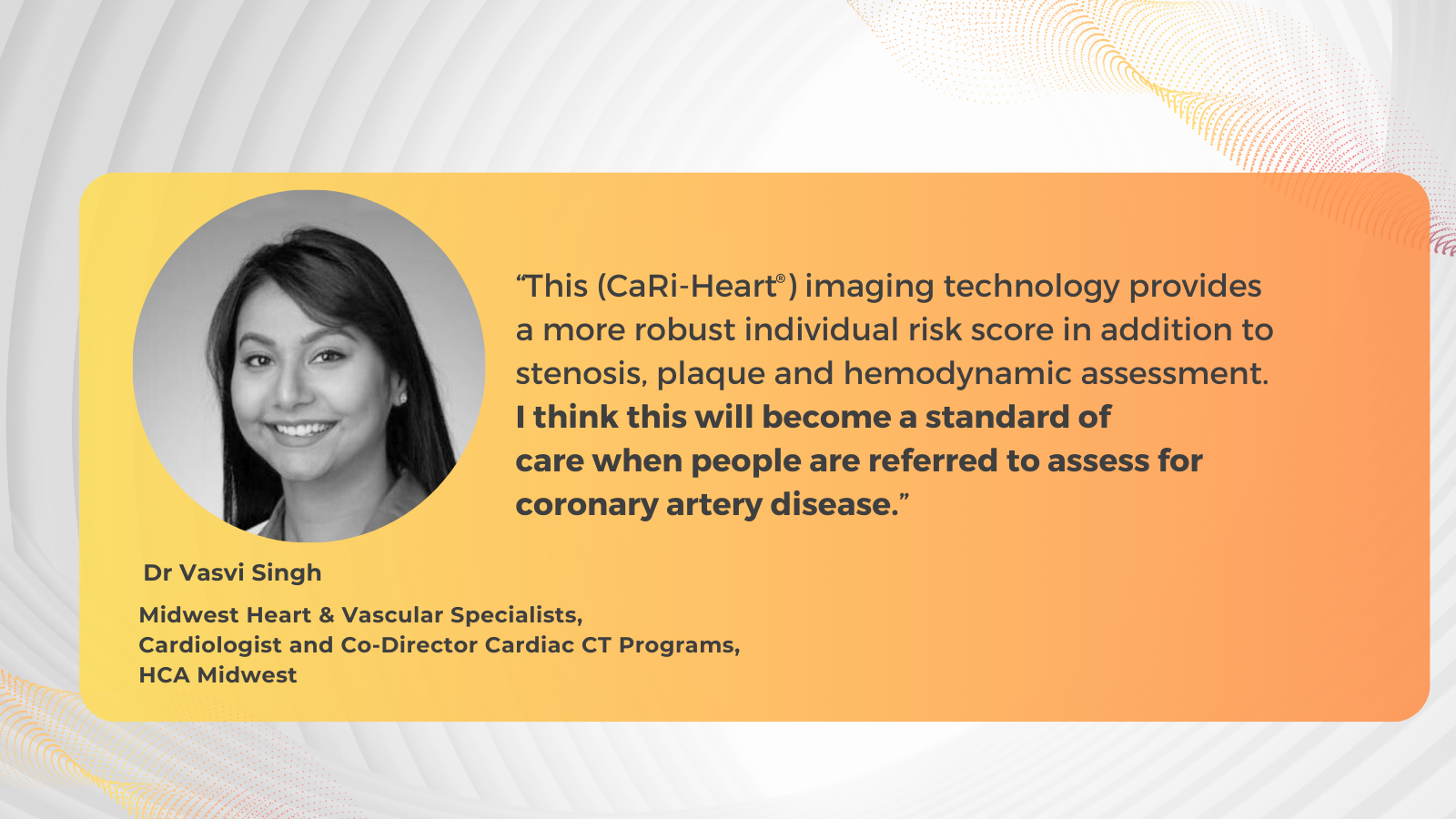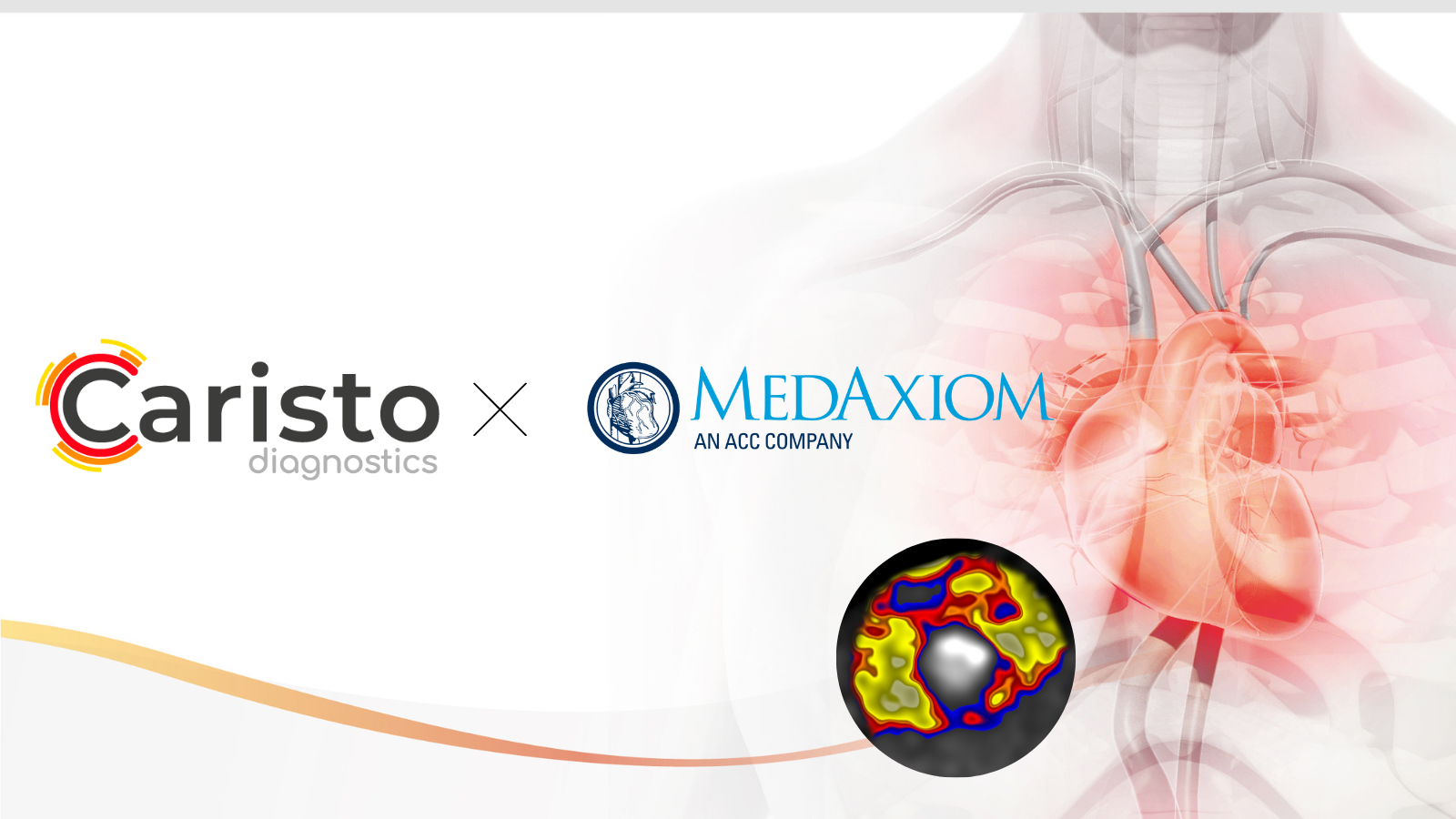New Study: CaRi-Heart® Technology Highly Cost-Effective in the NHS

Transformative approach to cardiac care could save nearly 1,000 lives annually in the UK, supporting the NHS focus on preventive care
OXFORD, England, Oct. 22, 2024 /PRNewswire/ — Caristo Diagnostics, a global leader in cardiovascular disease diagnostics and risk prediction, today announced the findings of a new peer-reviewed research study demonstrating that its novel CaRi-Heart® technology could be implemented across the UK’s National health Service (NHS) in a highly cost-effective way to transform cardiac care and reduce overall cardiac deaths by 12%. The study, entitled “Cost-effectiveness of a novel AI technology to quantify coronary inflammation and cardiovascular risk in patients undergoing routine Coronary Computed Tomography Angiography,” was published this month in the European Heart Journal: Quality of Care and Clinical Outcomes.
The study was conducted by clinical investigators from the UK, USA and Australia, and shows that the CaRi-Heart care pathway is a highly cost-effective approach to prevent adverse outcomes from coronary artery disease (CAD), aligning with the UK Government’s vision for the future of the NHS.
Addressing a Major Health and Economic Challenge
Coronary artery disease remains the leading cause of death in the UK, placing a heavy burden on both healthcare services and the wider economy. CAD costs the NHS £7.4 billion annually, with an additional £15.8 billion in economic losses. Traditional methods for assessing cardiac risk rely on general demographic and clinical data, often underestimating true risk, particularly in patients with no overt signs of CAD, which represents a major unmet need in current preventive care.
The CaRi-Heart care pathway changes this by analysing routine coronary computed tomography angiography (CCTA) scans to reveal coronary inflammation, a key driver of heart attacks and stroke that is otherwise invisible on scans. Quantifying inflammation provides a far more powerful prediction of major adverse cardiac events (MACE) such as heart attacks and strokes. The study shows that integrating the CaRi-Heart care pathway into routine care could reduce cardiac deaths by 12%, myocardial infarctions by 11%, strokes by 4%, and heart failure events by 4%. The results are based on analysis of a cohort of 5,000 simulated patients undergoing CCTA and modelled over a lifetime.
Cost-Effective Cardiac Care
The study confirms that integrating the CaRi-Heart care pathway into routine NHS care would not only be clinically effective but also cost-effective. The AI-driven model would reduce major cardiovascular events and deliver an incremental cost-effectiveness ratio (ICER) of £1,371 to £3,244 per quality-adjusted life year (QALY). This is well below the National Institute for Health and Care Excellence’s threshold of £20,000 to £30,000, making CaRi-Heart technology a highly affordable and impactful option for improving cardiac care.
CaRi-Heart Care Pathway Aligns with NHS Approach to Prevention
On 25 September 2024, UK Secretary of State for Health and Social Care, Wes Streeting outlined the UK Government’s vision for NHS reform, committing to three key shifts: from analogue to digital; from hospital to community; and from sickness to prevention. CaRi-Heart technology’s ability to predict the risk of a fatal heart attack up to 10 years in advance aligns with the government’s focus on the use of new health technologies to drive efficiency and improve outcomes. By deploying this solution across the NHS, clinicians can identify cardiovascular risks earlier, reduce hospital admissions, and shift the focus from reactive treatment to proactive prevention—all key tenets of the new NHS strategy.
“The CaRi-Heart care pathway could transform cardiac care in the UK and around the world,” said Prof. Keith Channon, MD, a co-author of the study, Chief Medical Officer of Caristo and Professor of Cardiovascular Medicine at the University of Oxford. “Our technology directly supports the government’s vision to modernise the NHS, reduce costs, and, most importantly, save lives by shifting from reactive to preventative healthcare.”
###


